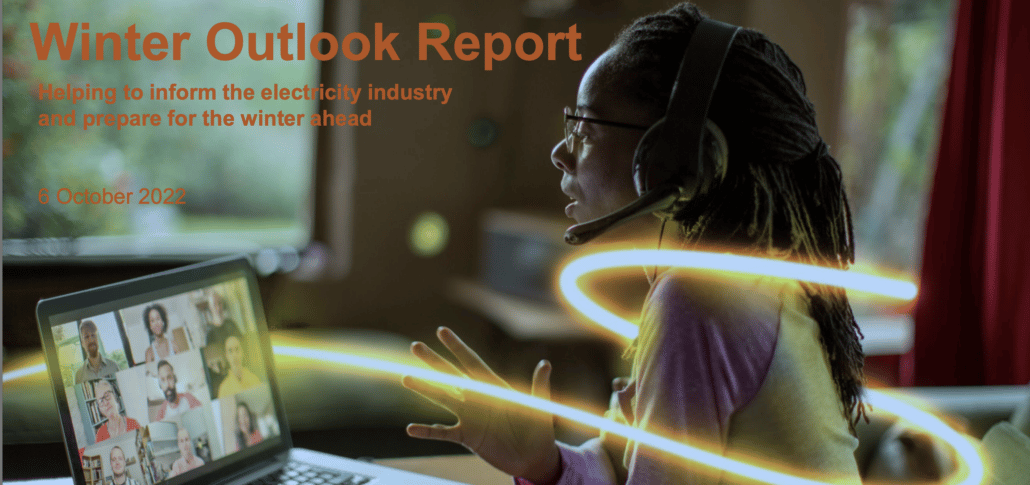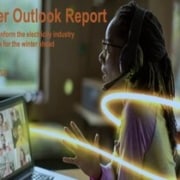Don’t Trust Journalists to Communicate Risk
Sharing a risk assessment with the media must be one of the most frustrating PR missions there can be. You can guarantee you will not like the headline!

Here are a selection of headlines prompted by the National Grid sharing it’s Winter Outlook report.
Daily Mail: Britain Battles to Keep the lights on – National grid warms of winter blackouts.
The Sun: Lights out: brits to face blackouts this winter – and power could be cut () three hours per day
BBC: Homes face winter power cuts in worst case scenario says National Grid
Guardian: Homes could face three hour power cuts this winter, warns National Grid
Times: Why National Grid still can’t bring itself to talk about blackouts
Telegraph: Inside the ‘civil emergency’ planning for blackouts this winter
Sky News: Energy crisis: how worried should we be about the lights going out
Reading only the headlines, you would certainly get the impression that Britain is heading for a winter of power cuts. Only the BBC mentions worst case scenario in the headline. And yet, the authors of the report were at pains to explain very clearly, that only one of their modelled scenarios might lead to blackouts, and only in a worst case scenario.
This is not a one-off example of the exaggeration of risk. Any risk is almost certain to be misrepresented by news headlines. And that makes any meaningful communication of risk to the public, extremely difficult.
I have written before about the nub of the problem:
Scientists and statisticians understand risk as a probability. There is a 20% chance of x happening means: possible but not very likely while an 85% chance means: really quite likely but not certain. However, most people do not think as clearly as this. And in general, they are encouraged by journalists, especially tabloid journalists, to read low risk as a likelihood.
I have pulled out the two key paragraphs from the National Grid report that deal with the risk of blackout.
In the executive summary on page 3 is the following paragraph:
A second, more extreme scenario, looks at a hypothetical escalation of the energy crisis in Europe such that there is insufficient gas supply available in Great Britain (in addition to no electricity available to import from continental Europe as per above scenario). In the unlikely event …this would …. potentially lead to interruptions to customers for periods. All possible mitigating strategies, including our new measures, would be deployed to minimise the disruption.
There is further clarification on page 10
In the unlikely event we were in this situation, it would mean that some customers could be without power for pre-defined periods during a day – generally this is assumed to be for 3 hour blocks.
My view is that the authors of the report made every effort to signal that power cuts are unlikely. And it is true that if you read beyond the headlines, the ‘worst case scenario’ line is widely reported, but the headlines were wildly misleading but totally predictable.
The exaggeration or risk in this case created it’s own news cycle as various people came to the microphone to counteract the ‘blackouts’ hysteria, among them Cabinet Minister, Nadhim Zahawi (linked here and here) who used the phrase ‘extremely unlikely’.
We are not going to change the British media in a hurry, so I have a couple of suggestions, if you find yourself needing to communicate risk to journalists.
- Only talk about worst case scenarios if you feel you absolutely have to. (Of course, the National Grid does need to share their planning, but many commercial organisations do not need to publish full risk assessments).
- Use quotable language around the caveats: if National Grid had said ‘there is a very small outside chance’ or ‘only if we are extremely unlucky’ or ‘we need to plan for a one in a hundred chance’ it would have been hard for the journalists not to write something that indicated this was an unlikely set of circumstances.
- Put someone up for interview who is prepared – over and over again – to put the whole report in context.
My previous blog on reporting risk can be found here and for anyone interested in the complications of reporting data Tim Harford’s BBC show More or Less, is an excellent topical primer. I also recommend Nate Silver’s book The Signal and the Noise, which deals in depth with the problem of understanding and reporting data and risk.
Given I have a large number of professional communicators amongst my readers, it would be great to hear your take on the pitfalls of, and tips for, communicating risk.
- A Behind-the-Scenes TV Cheat… and Why It Works - November 26, 2025
- What Should I Do With My Hands? - November 19, 2025
- A Jar of Marbles and the Power of a Simple Story - November 12, 2025





After 30 years working in local and national newsrooms I’m ashamed to say it, but Lindsay’s right. Journalists’ twin objectives of ‘informing the public responsbily’ and ‘writing an interesting story’ don’t always make happy bedfellows. And not just because of sensationalism. The truth is – dealing with numbers is often difficult, and all of us make basic errors of reasoning from time to time. But, as writer, broadcaster and doctor Ben Goldacre says in his excellent 2008 book ‘Bad Science’, because of the potential impact they wield, “journalists have a special responsibility” (chapter 13 ‘Bad Stats’ and 14 ‘Health Scares’ are particularly relevant to this blog). This is true. However, as an interviewee, it’s YOUR job to do all you can to make sure that the journalist (a) understands the situation and (b) is armed with the quotable language to represent it accurately. The numbers can then follow as illustration.